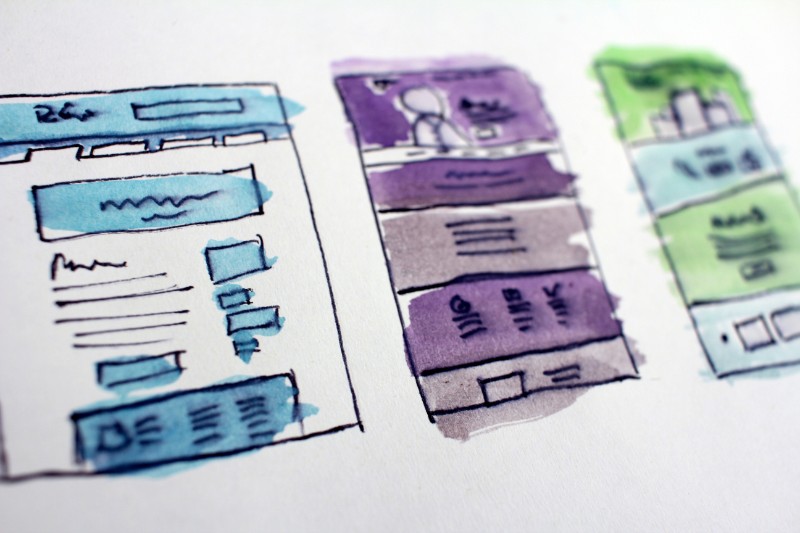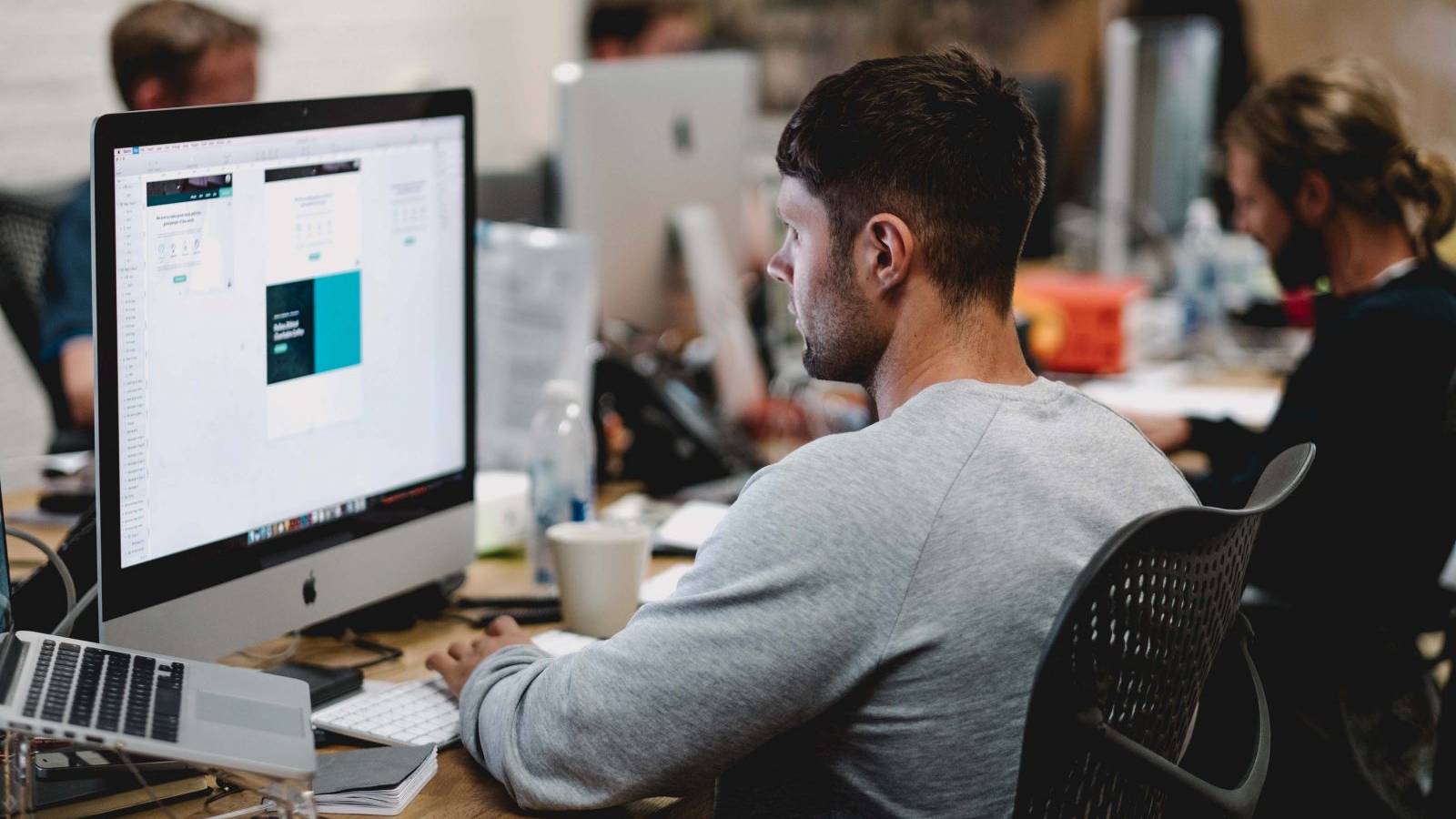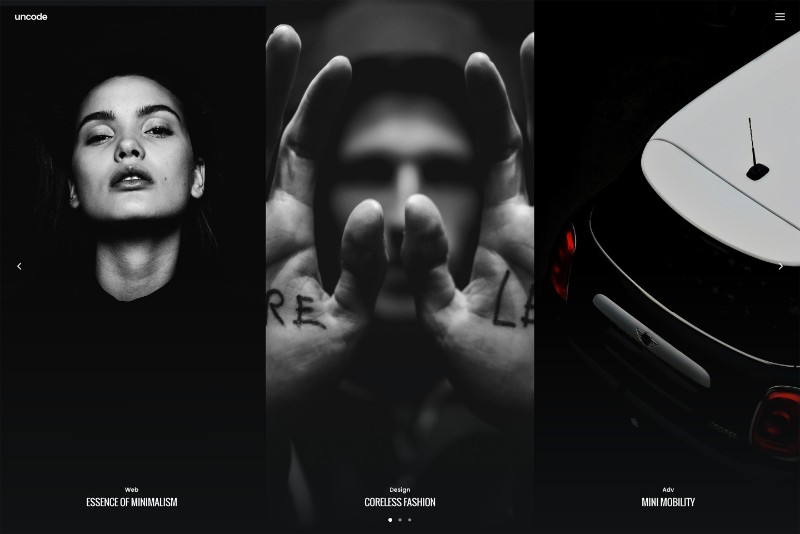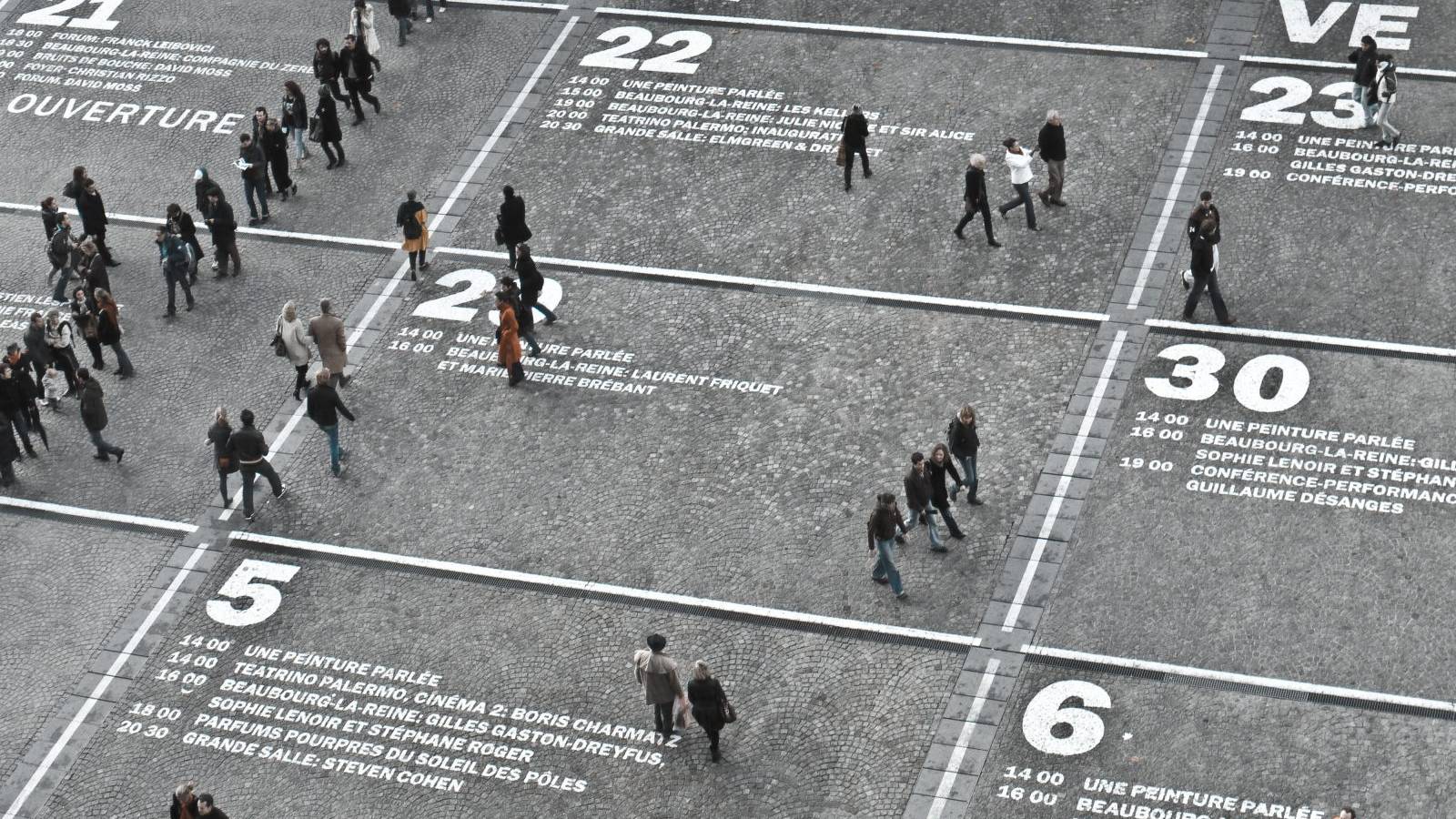Providing viewers with exceptional user experience is the ultimate achievement of any aspiring UX designer. The problem with becoming a skilled and accomplished UX designer is first to get started with user experience design and understand everything that it involves.
Transitioning from a traditional designer job to a UX designer job is not as simple as it may seem. Most designers find that the volume and diversity of the information available on the topic of UI/UX and how to become a UX designer is overpowering and can be discouraging.
Designers want to transfer to a UX designer job because:
- it is a sought-after profession as far as employers are concerned
- is a job that is well-paid, which makes it lucrative as far as designers concerned
- it is likely that you find a UX designer job in your city or work from home
- getting started is not a piece of cake, but it doesn’t take a Ph.D. either
As a wannabe UX designer, you need to understand the prerequisites that this type of job entails. First of all, a college degree is optional, so no pressure there. Second of all, a background in design is not compulsory, but it’s an asset that you could capitalize on.
Thirdly, the job description of a UX designer includes a comprehensive set of people and technical skills. The “people skills” in the description is what makes the difference because UX designers must be equipped with an unwavering passion for design as well as people.
Now that you know that you meet all the requirements, you need to move on to the next step: how do you get started and become a UX designer?
Learn the Right Things at the Right Time

Although the internet is usually where people go and research a topic, you will discover that research may not provide you with the answers you need when it comes to getting started as a UX designer. It’s almost impossible to
- The information available will overwhelm you because it lacks structure in every way;
- A lot of outdated content slips through the filters of most search engines no matter how much effort they put into showing up only correct, update information;
- It’s impossible to differentiate between reliable sources of information and those that aren’t reliable even after extensive research: blogs, forums, etc.
What options are there left for you to help you get started on your way to becoming the best UX designer? You can opt for online courses, but there are so many providers of online courses that it is hopeless to try and figure out which offers the best value for the money.
Online UX designer schools represent the most viable option for getting started as a UX designer. If you attend a structured learning environment, you will get answers to all of those hanging questions. What is UX? What is UX design? What does UI UX stand for?
There are plenty of reasons why an online school is your best bet when it comes to getting started as a UX designer:
- You can check their portfolio quickly and see the value of their work
- You can check jobs that their previous graduates have landed
- They provide a structured learning environment for you to learn the skills
Now, the third argument is the one that weighs most in the overall evaluation of an online UX designer school. Why?
- An organized learning environment is critical to getting access to the precise type of information that you need to learn the required skills.
- An established school will deliver it at the right time, i.e., following a proven step-by-step knowledge delivery method. It’s no point getting bombarded with tons of information if none of it makes sense to you.
- An online school will help you become a UX designer or a UI designer because real-life experts in the design industry assess your progress and provide you with constructive feedback for you to be able to improve your learning capabilities.
When you attend an online school, you perform a new task upon a previously completed task. This learning method helps cement the knowledge you are learning because you are always using what you’ve been taught. It also builds confidence in the skills you’ve acquired.
The problem with receiving a ton of information all at once is that you can’t grasp it all. To learn, you need to limit the type and amount of information you are focusing on, which is what a structured learning setting can do for you: provide you with the relevant info.
The school restricts the information that you should focus on in your learning process. This allows you to learn how to differentiate instinctively between relevant from irrelevant info.
An organized environment was designed to enhance learning, which makes online schools the best settings to learn fast and ultimately land the UX designer job of your dreams.
To put it simply: sign up, log in, start learning the right stuff in the right order, apply what you are learning on appropriate projects, and get one-on-one feedback from a real-life UI/UX designer. What more could you ask for from your UX/UI learning experience?
Put Together a Portfolio
You probably wonder why a student would need a portfolio? The answer to that question becomes pretty apparent if you put yourself in the shoes of potential employers? Wouldn’t you like/need to know what a UX designer can do before you hire him/her?
How could you learn the potential of a future member of your user experience design team if not from a portfolio? It’s not like you have a background as a UX designer or in the UX UI arena. You’re just out of school, so experience isn’t something an employer could check.
At this point, you need a mind-blowing portfolio to bring you to the top of the pile. You can use your portfolio as a tool to demonstrate your capabilities. There’s nothing that can speak more volumes about your skills and knowledge than the actual projects you’ve completed.
Employers will ask many questions when they are looking to hire you as a UX designer. They need to make sure they are the right person for the right job. Your portfolio will answer those questions because the work inside is an innate proof of your knowledge.
While it does matter to some extent where you learn the skills necessary to become a UX designer, what matters more is to put together that stellar portfolio because nothing is more relevant than skills, passion, and potential when it comes to getting a UX design job.
Acquire Some Experience

It’s not good for your career to get a job by a lucky strike and suddenly realize you can’t handle it. That would be a terrible career move, wouldn’t it? The best way to master the skills and knowledge you’ve acquired is to put the theory into practice via actual projects.
You can volunteer to design the website of a local charity. You can also engage in a project that has always been close to your heart, and you’ve always wanted to do as a UX designer. You can just as well apply some of the theory and help out a friend with his/her business.
Another way to gain experience is to seek opportunities to perform some user interviews or usability testing sessions. You can build on your initiative and do that at your new workplace, or you can volunteer to conduct those testing sessions for a non-profit.
While you may be a novice today, your skills and knowledge and ability to bring value to your new workplace will become evident within a year. It is said that a year in today’s high-speed internet age is the equivalent of five years in the real world of twenty years ago.
If you work hard enough and get experience, you will undoubtedly establish yourself as the expert and people will soon forget about the intern of one year ago. You can now move on to a different pay level as your value to the organization you are working for is recognized.
Now Get Started

It is only difficult to get started as a user experience designer, but as soon as you’ve taken the first steps, you would be gaining more and more speed. You are now done answering those annoying questions: How to become a UX designer or what is a UX designer?
You are now a UX/UI designer equipped with the right knowledge. It is a time-efficient decision to take a structured course and learn what you need to learn fast instead of taking on a nerve-wracking research experience of every online venue dedicated to UI/UX design.
It’s not easy to take on the challenges of an entirely new career but collapsing under pressure is not going to help you. Find a mentor to guide you and embrace a solution-based approach. Create a feasible plan and move on to the next level: getting a UX designer job!
Now Get Hired

The role of a UX designer is to enhance user satisfaction with a service or product by improving the accessibility, usability, and pleasure provided during the interaction with the service/product. Now, you have the skills and the knowledge to do that. Get hired!
To get hired as a UX designer, you need a portfolio, just like a graphic designer needs a portfolio. Unlike a graphic designer’s portfolio, yours will not display logos or posters.
Your portfolio will highlight examples of your deliverables: wireframing experience, buyer personas that you’ve developed, scenarios, workshops you’ve conducted, as well as your work process. Your portfolio must reveal your approach to UX design, your set of skills and knowledge of user experience design, and your understanding of UX definition.
Ending thoughts on user experience design
The field of user experience design is still in its infancy. It is a domain/field that is still seeking for the best UX definition, one which remains open to new titles and job descriptions for experienced and aspiring UX designers.
User experience design is also a fantastic setting to enter offering rewarding experiences once you master the necessary skills and knowledge. As a new UX designer, you have the unique opportunity to be an active participant in shaping the field as an industry.
The digital side of the world is gaining more and more terrain, and that allows UX designers to find their dream job anywhere on the planet. Technology transcends beyond physical barriers and speaks a universal language.
A UX designer’s job is exciting as well as unique. It combines technology with psychology and, in a world defined by technology, having a chance to work in a field that allows you to stay connected with the human side is a significant advantage.
The Undsgn Newsletter
Sign up to stay up to date with the latest news!
(You will be forwarded to our subscribe form hosted by Mailchimp)
You might also like...
June 26, 2018
Key Elements for the Best Web Page Design
When it comes to web page design, the trends are constantly changing.…
April 26, 2018
Improve your websites with a Grid Design Layout
Everybody loves seeing a beautiful grid design! We can name at least…
April 22, 2018
Responsive Web Design: Tips and Best practices
Having a responsive web design is a necessity nowadays, compared to…




